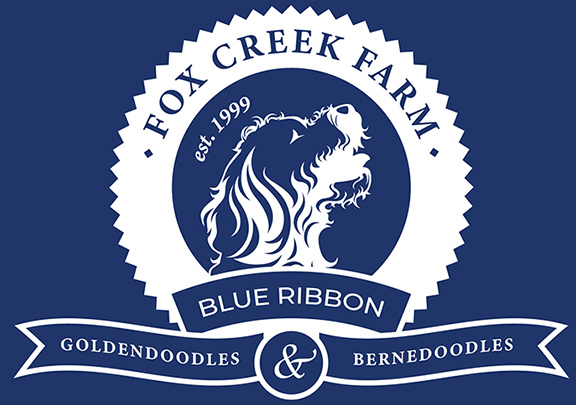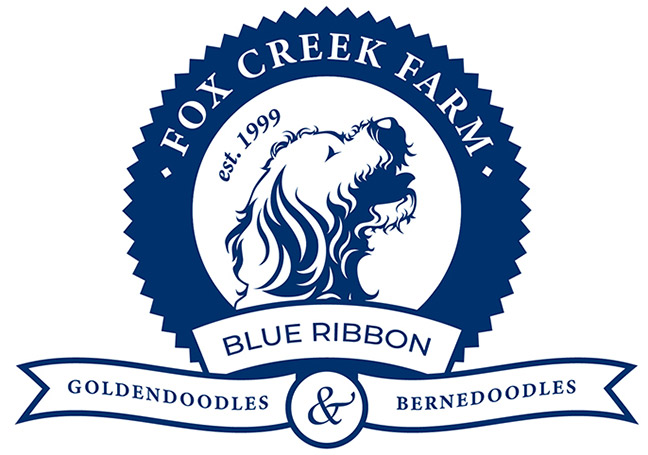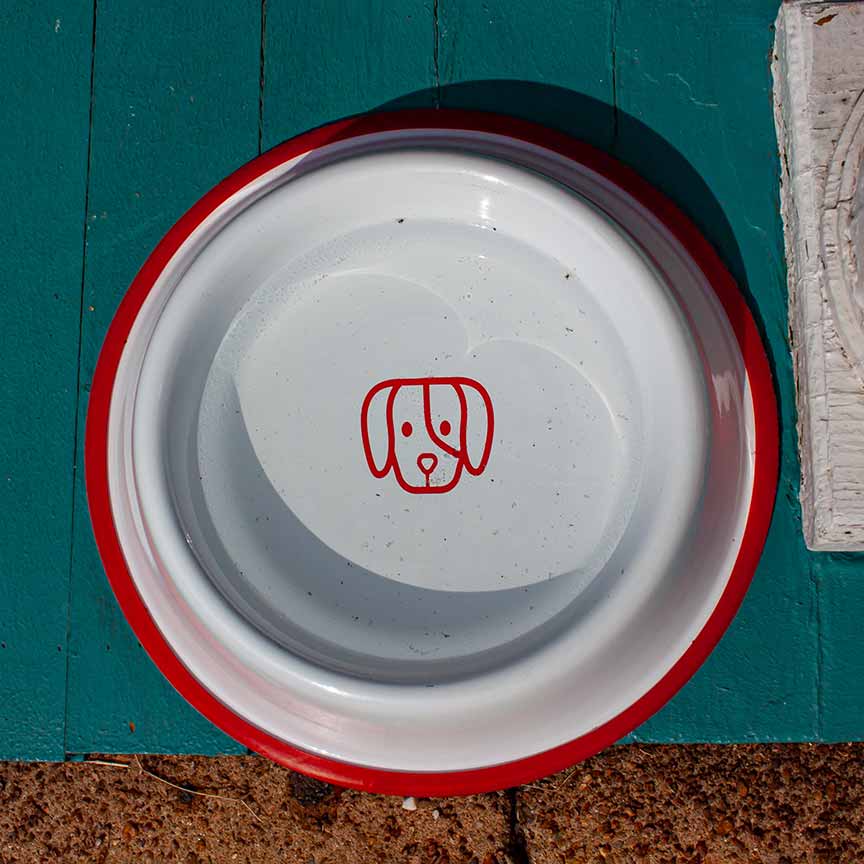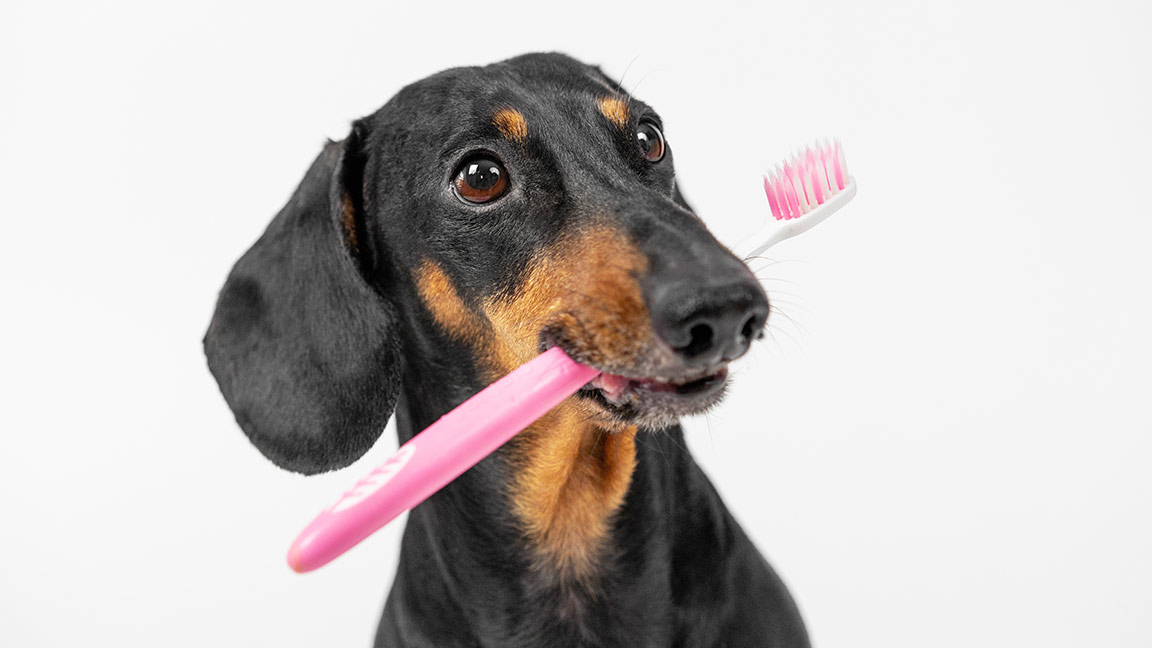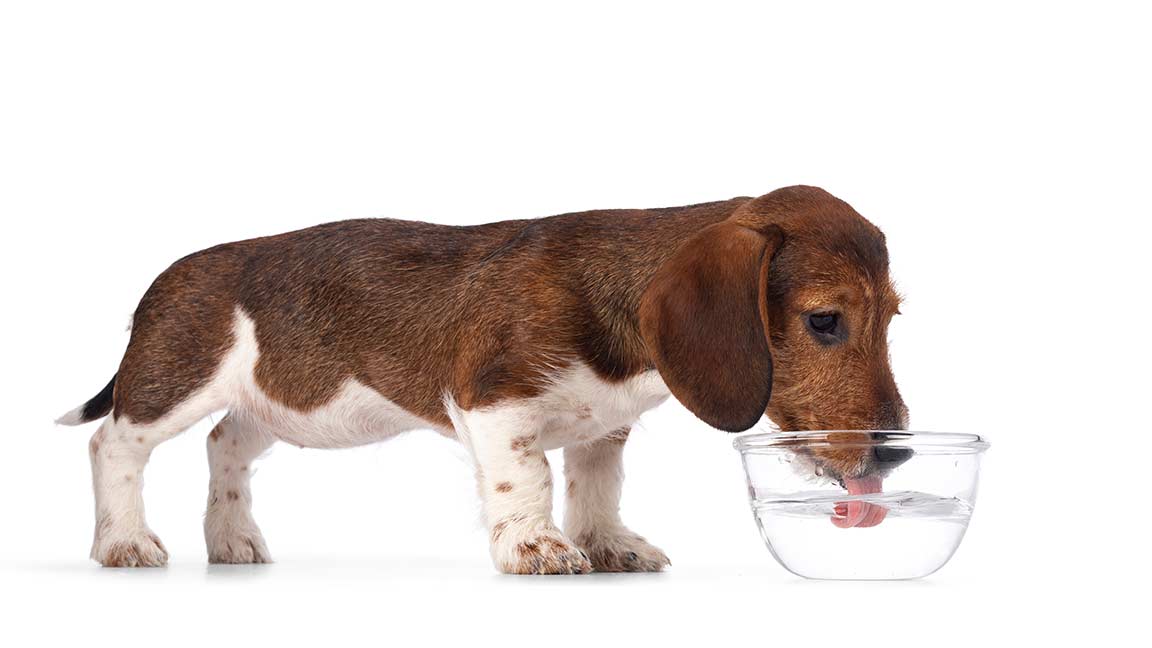
What’s The Slime Inside My Dog’s Water Bowl?
Hello, fellow pet parents! Today, I want to talk about something you’ve probably noticed but might not fully understand—the mysterious slime that sometimes forms inside your dog’s water bowl. We all know that hydration is essential for our furry friends, but keeping their water bowl clean can be challenging. So let’s dive in and unpack what this slime is, why it’s important to get rid of it, and how we can prevent it in the first place.
Have you ever wondered what that slimy substance is in the bottom of your dog’s water bowl? Biofilm is a nasty glue-like substance that builds up in your dog’s water bowl and other surfaces. It has an offensive smell to pets, and makes your pet not want to drink their water. This can cause urinary tract infections and lead to dehydration. Accumulation of Biofilm in your dog’s water bowl can also cause dental disease, systemic inflammation, cardiovascular diseases, and chronic kidney disease in pets.
How to Keep Dog Water Bowl from Getting Slimy
First off, what exactly is this slime? In scientific terms, it’s known as “biofilm”—a collection of organic and inorganic materials, including bacteria, that adhere to surfaces in a moist environment. While a certain level of bacteria is normal, excessive build-up can be problematic. Due to its glue-like slime, Biofilm is not something that can be rinsed out. Most pet owners give their dog fresh water everyday, but what is really needed to keep Biofilm out is for the bowl to be wiped out everyday with a rag or brush daily when you give fresh water. You will probably find that you won’t be able to eliminate seeing this substance in the water bowl. A dog’s mouth excretes chemicals naturally and creates a perfect environment for Biofilm to build up.
Key Steps to Prevent Slimy Pet Bowls:
- Regular cleaning
- Using the right material for bowls
- Daily water changes
- Weekly disinfection
Avoiding Plastic Bowls
Certainly, avoiding plastic pet bowls is a point I can’t emphasize enough. While plastic bowls are often cheap and widely available, they come with a host of downsides that can negatively impact your pet’s health. For starters, plastic bowls are porous, making them susceptible to scratches where bacteria can reside and multiply. This creates a breeding ground for biofilm and other harmful microorganisms, even with regular cleaning. Additionally, some pets may develop allergic reactions to the plastic material, manifesting as skin irritations around their mouths. There’s also the concern about potentially toxic chemicals like BPA leaching into your pet’s water or food.
A Copper Dog Bowl Can Keep the Water Clean
You’ve probably heard of copper’s antimicrobial properties. These properties make copper an excellent material for dog bowls. Copper ions disrupt the cell membranes of bacteria, thereby inhibiting their growth.
Benefits of Copper Bowls:
- Antimicrobial properties
- Stylish design
- Durability
However, while copper bowls can be effective, they aren’t the be-all-end-all solution. Routine cleaning is still necessary.
So, How Do You Stop Biofilm From Forming in Pet Bowls?
Stopping biofilm is all about regular maintenance and choosing the right tools for the job.
Strategies to Stop Biofilm:
- Keep bowls dry when not in use
- Use filtered water
- Opt for antimicrobial materials
What are the Risks to Pets?
Excessive biofilm can lead to the growth of harmful bacteria, posing health risks to your dogs. These risks can range from minor digestive issues to more severe bacterial infections.
Common Risks Include:
- Diarrhea
- Vomiting
- Bad breath
- More severe bacterial infections
Is Copper Safe for Dogs?
Copper is generally safe for dogs in small amounts, but excessive copper can be toxic. Always consult your veterinarian for personalized advice.
Change Water Daily
One of the simplest ways to prevent biofilm is by changing your dog’s water daily. Stale water is a breeding ground for bacteria and mold.
Budget-friendly and Easy-to-clean Dog Bowls
If a copper bowl isn’t in your budget, there are plenty of alternatives. Look for bowls made from high-quality, food-grade stainless steel or ceramic. These materials are not only budget-friendly but also easier to clean.
Consider Products Like These When Researching What Kind of Pet Food Bowls, Water Bowls, or Fountains to Use
Research is essential when it comes to choosing pet food dishes and the best bowls for your pets.
Some Recommended Types of Bowls:
Disinfect (Weekly)
Routine disinfection can go a long way in keeping your pet’s water bowls clean. A diluted bleach solution can be highly effective when washing them. Always rinse thoroughly after disinfecting.
Wipe Bowls In Between Cleaning
In between your weekly disinfections, a full wash or quick wipe can help maintain cleanliness. Use a dedicated sponge or cloth for this purpose.
How to Clean Stainless Steel Dog Bowls
Stainless steel bowls are popular for a reason. They’re durable, rust-resistant, and easy to clean. A mixture of warm water and dish soap usually does the trick. For stubborn grime, use baking soda and vinegar.
Here Are a Few High-quality Cleaning and Disinfecting Products to Consider
- Unscented dish soap
- White vinegar
- Baking soda
- Food-grade sanitizer
It’s All About Choosing the Right Product for the Task
Choosing the right product isn’t just about what’s most effective, but also what’s safest for your pets. Always read labels and consult your veterinarian when in doubt.
Key Takeaways:
- Clean bowls regularly
- Opt for antimicrobial materials like copper
- Research and choose the most suitable bowls
- Use high-quality cleaning products
- Consult your veterinarian for personalized advice
The Importance of Scheduled Cleaning and the Role of Cleaning Agents
You might be wondering, what’s the big deal about scheduling cleaning sessions for pet bowls? Well, just like we wouldn’t eat off dirty dishes, our pets deserve the same level of hygiene.
Advantages of a Cleaning Schedule:
- Prevents bacterial build-up
- Extends the lifespan of pet bowls
- Keeps your pet interested in their water and food
Now, onto cleaning agents. We can’t overlook their role in making the cleaning process effective.
Types of Cleaning Agents:
- Unscented dish soap
- Pet-safe sanitizers
- Enzyme cleaners
Enzyme cleaners, in particular, are highly effective in breaking down organic material, making them an excellent choice for cleaning pet bowls. However, always rinse thoroughly to remove any residues.
The Science Behind Biofilm Formation
Biofilm isn’t just a layer of bacteria; it’s a community of various microorganisms. They produce a matrix of extracellular polymeric substance (EPS) called biofilm, that attaches itself to surfaces—like your pet’s water bowl. Understanding the science behind biofilm can help us tackle it more effectively.
Factors That Encourage Biofilm:
- Stagnant water
- Organic residues (like food particles)
- Lack of regular cleaning
The Role of Filters in Automatic Water Fountains
We briefly touched upon automatic water fountains earlier, but it’s crucial to delve into the role of filters in these devices. Filters not only remove impurities but can also contain activated charcoal to eliminate odors, improving the water’s taste and making it more appealing to pets.
Importance of Filter Maintenance:
- Prevents clogging
- Ensures water remains free of contaminants
- Maintains the effectiveness of the device
Natural Disinfectants: Going the Eco-friendly Route
For pet owners interested in eco-friendly solutions for pet dishes, certain natural ingredients can serve as effective disinfectants.
Natural Disinfectants to Consider:
- Tea tree oil
- Grapefruit seed extract
- Hydrogen peroxide
These alternatives are not only better for the environment but can also be less harsh on your pet bowls, preserving their integrity.
Intermittent Scrubbing: Going Beyond Regular Cleaning
Intermittent scrubbing means going the extra mile beyond your daily and weekly cleaning routine. This could involve using special scrubbing tools designed to reach crevices, or even disassembling parts of an automatic water fountain to clean each element individually.
Tools You Might Need:
- Bottle brushes
- Toothbrushes
- Scrubbing pads
Signs Your Cleaning Routine is Effective
Finally, how do you know if all your efforts are paying off? Apart from the absence of slime or biofilm, your dog might also be more interested in drinking water, which is always a win.
Indicators of Effective Cleaning:
- Clear, odor-free water
- Absence of discoloration or residue in the bowl
- Increased pet interest in water or food
The Takeaway: An Ounce of Prevention
As we’ve explored, prevention is key when it comes to biofilm and bacterial build-up. Through a combination of regular cleaning, informed material choice, and appropriate cleaning agents, we can achieve this quite easily.
Key Points to Remember:
- Schedule regular cleaning sessions
- Opt for high-quality, non-porous materials
- Investigate eco-friendly cleaning options
- Don’t overlook the benefits of specialized cleaning tools
- Monitor your pet’s behavior as an indicator of success
Remember, our pets bring us endless joy and companionship. The least we can do is ensure their eating and drinking vessels are as clean as possible. Thank you for investing your time in ensuring the health and happiness of your beloved furry friend. Cheers to a life full of wagging tails and slurping tongues!
By following these tips and being consistent in your cleaning routine, you can keep your dog’s food and water bowl free of that pesky slime, ensuring that your beloved pet stays happy and healthy. Cheers to clean bowls and well-hydrated pups!
